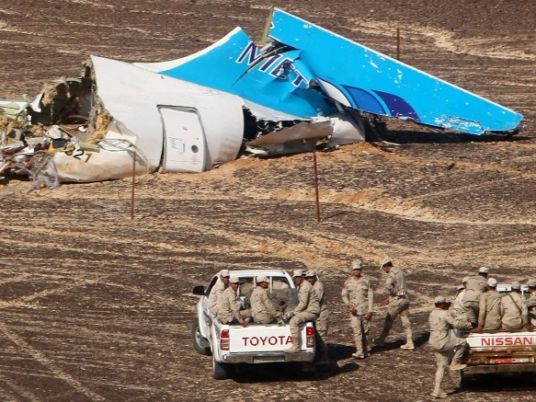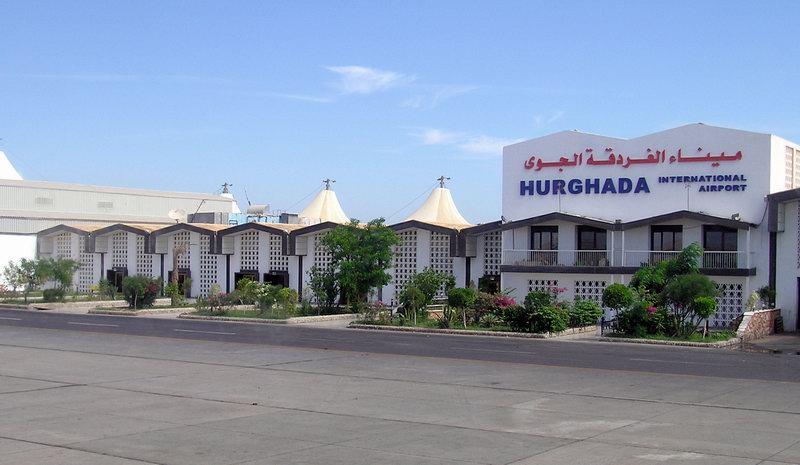
Following is a sequence of events since an Airbus A321 flown by Russian airline Metrojet crashed in Egypt on Saturday, killing all 224 people on board.
The victims were mainly Russian tourists heading home to Saint Petersburg.
Saturday, October 31
– Just before 10:00 am (0800 GMT), the office of Prime Minister Sharif Ismail announces that a "Russian civilian plane… crashed in the central Sinai" desert in northeastern Egypt.
The Airbus A321-200 operated by the Russian company Kogalymavia, better known as Metrojet, was carrying 217 passengers and a seven crew. It took off from the Red Sea resort of Sharm el-Sheikh at 5:51 am (03:51 GMT).
Contact with flight KGL9268 was lost 23 minutes after takeoff, while it was at an altitude of 30,000 feet (9,144 metres).
– About an hour after announcing the crash, Ismail's office says debris has been found in a mountainous region of the northern Sinai.
– Egyptian authorities quickly add that there are no survivors.
– Russian President Vladimir Putin orders his emergency ministry to send rescue services to Egypt.
– At 3:50 pm (13:50 GMT), the Islamic State group's Egyptian affiliate claims it "succeeded in bringing down a Russian plane in Sinai" to avenge Russian military support for Syrian President Bashar al-Assad's regime. The group is active in the area where the plane crashed.
– Experts voice doubt that IS could have hit the plane with a missile, but do not rule out the possibility of a bomb on board, or a rocket or missile strike as it lost height owing to technical problems.
– The plane's voice and data recorders are found a short time later.
– French and German air safety investigators and Airbus technicians head for Egypt to help in the investigation, and Russia begins a probe to check for possible violations of air safety regulations.
Sunday, November 1
– A senior Russian aviation official says the Airbus broke apart "in the air" before it crashed, strewing debris over a wide area. The radius of the search area is increased first to 15 kilometres (10 miles) and later to about 40 kilometres (25 miles).
– Egyptian President Abdel Fattah al-Sisi cautions that it will take time before conclusions can be reached about what caused the crash.
Monday, November 2
– The first plane carrying the bodies of crash victims lands in Saint Petersburg.
– Senior Kogalymavia executive Alexander Smirnov insists that "no technical failures" could account for the disaster, adding: "The only explanation is some kind of external action."
He also rules out pilot error and says the aircraft was in "excellent technical condition".
– In Washington, US Director of National Intelligence James Clapper says he knows of no "direct evidence" that terrorism caused the crash.
Tuesday, November 3
– Sisi tells the BBC the IS claim is "propaganda".
– Examination of the voice and data recorders begins in Egypt.
– US officials tell CNN that a military satellite detected a heat flash over the Sinai at the time of the crash.
Wednesday, November 4
– IS insists it downed the plane, but provides no new details, in an audio message posted on Twitter.




